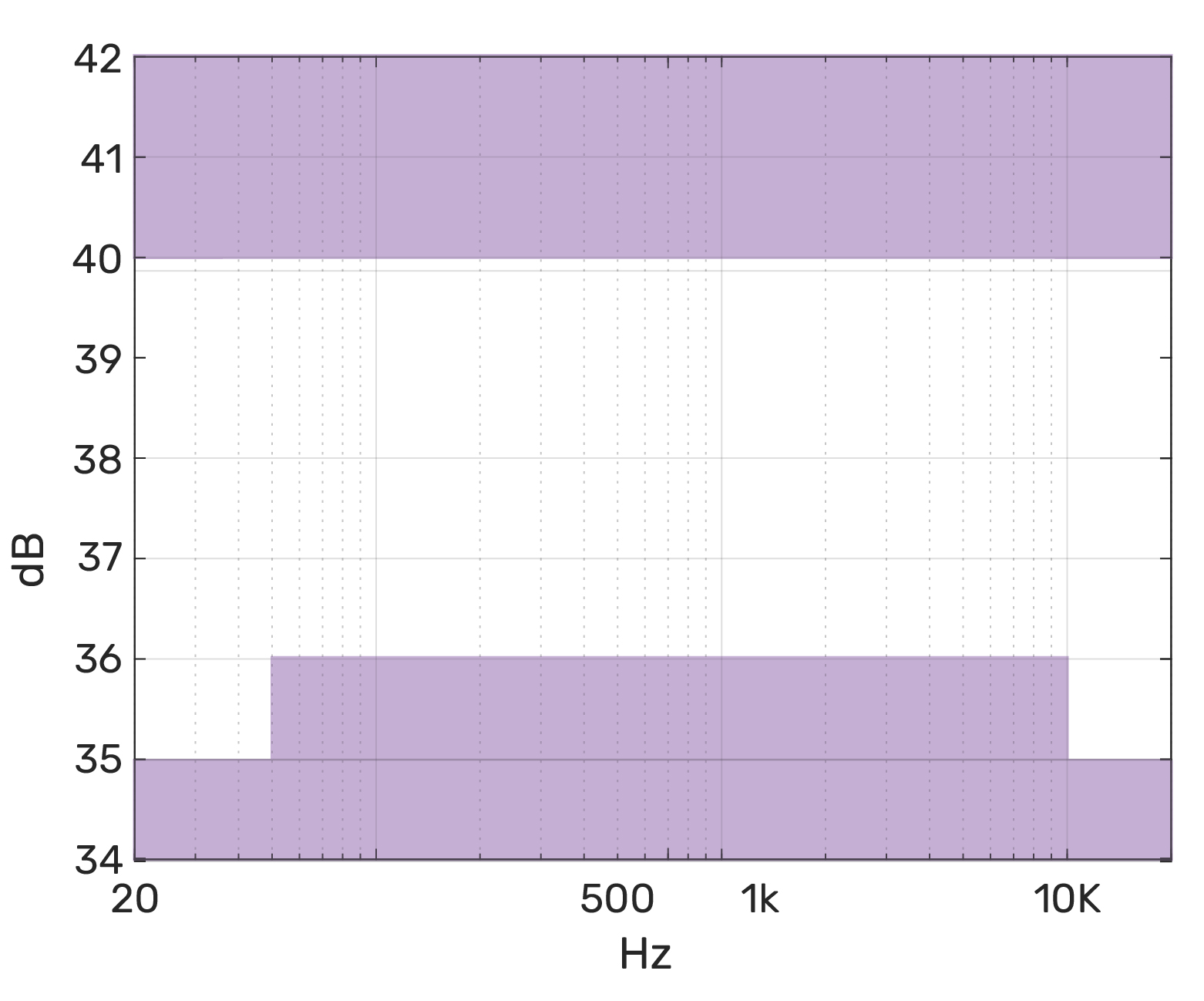Meeting the Demands of Modern EV Sound Measurement:
The Rise of the ¼” Microphones
In the rapidly evolving landscape of electric vehicle (EV) technology, a recent GRAS whitepaper sheds light on the critical role of ¼” microphones in acoustic testing. They represent a significant step forward in ensuring consistent, high-quality acoustic testing across the industry that aligns with recent recommendations from the AES.






















